After taking over as Microsoft's chief executive in 2000, Steve Ballmer presided over the liquidation of Apple's stock his company had acquired three years earlier in its $150 million investment in Apple. In retrospect, that was a fantastically bad idea.
Apple's Steve Jobs divests ARM, settles with Microsoft
Apple's own 1990 investment in its joint partnership with Acorn to build the ARM Architecture for mobile processors resulted in a two part windfall for Steve Jobs seven years later: a valuable stake in the "Windows" of mobile chip platforms and a wide supply of high performance, highly efficient components perfectly suited for powering iPods and other coming inventions.
Jobs had returned to Apple's helm in 1997 to turn around the company he founded twenty years earlier but had been exiled from for just over a decade. While he had nothing to do with Apple's original ARM investment brokered under John Sculley, Jobs was greatly aided in turning around Apple by the $1.1 billion he recouped from selling off that stake at its peak after ARM Holdings' Initial Public Offering in 1998.
Just prior to that, Jobs had let go of Apple's $1.2 billion lawsuit pursuing patent claims and code theft damages against Microsoft. In exchange, the two companies agreed to an amicable cross-licensing deal and a show of support involving Internet Explorer and Office for Macintosh and a $150 million investment by Microsoft in Apple that would be held for at least three years.
Microsoft's Steve Ballmer divests AAPL
As Jobs unloaded Apple's ARM holdings, Microsoft was also itching to dump its show investment of $150 million worth of Apple preferred shares. In 2000 the non-voting stock was converted into 18.2 million common shares at $8.25 per share, and were subsequently sold off between August 2000 (the earliest date allowed) and 2003.
Apple split its stock in June 2000, right before Microsoft's conversion. The stock also split again in 2005. Additionally, the market crashed in 2000, causing Apple's shares to plummet from a split-corrected peak of around $30 to a new baseline that hovered around $10 over the next three years before beginning to take off in 2004, just after Microsoft bailed.
That means Microsoft's liquidation of Apple shares, initiated in the first year of Ballmer's new role as Microsoft's chief executive, provided it with about $182 million, a return on its investment of about 20 percent. Had Microsoft held its Apple shares, they would today be worth around $9.1 billion.
Opportunities cost
Additionally, with the dividends Apple began paying last year, Microsoft would also be earning over $222 million annually in mad cash just holding those shares. That's enough to buy every one of Microsoft's 99,139 employees worldwide a nicely equipped 13" Retina Display MacBook Pro and a new iPad, every year.
If Ballmer were as magically prescient as Jobs appeared to be in unloading Apple's ARM shares at just the right time to cover Apple's embarrassing losses with an external windfall priced at its peak, Ballmer might have instead retained and then sold Microsoft's Apple shares last year.
That would have similarly covered Microsoft's $6.2 billion "impairment charge" related to its beleaguered acquisition of Quantive, back when those 18.2 million Apple shares would have been worth $11.5 billion, or alternatively, at their peak in last September, when they would have reached above $12.7 billion.
Baller would have had more than enough left over to also hide this year's $900 million "inventory adjustment" related to Surface RT, Microsoft's beleaguered iPad contender.
Microsoft's blunder in throwing away its Apple shares at their lowest point of the 2000s certainly isn't the only example of Microsoft's investments gone wrong under the Ballmer administration, however.
 Daniel Eran Dilger
Daniel Eran Dilger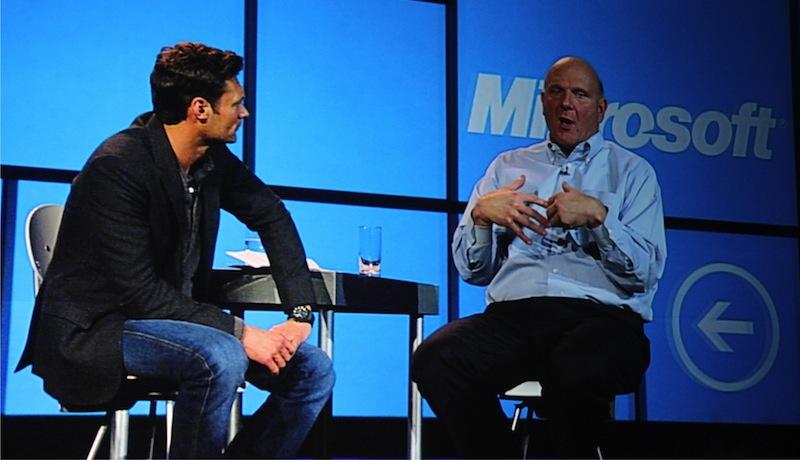
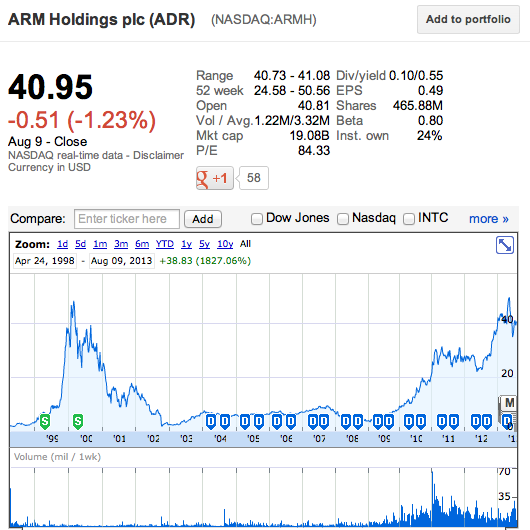
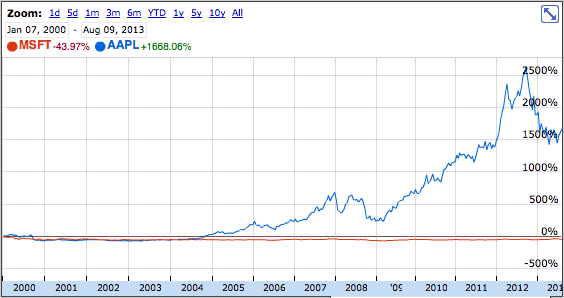







-m.jpg)






 Charles Martin
Charles Martin
 Christine McKee
Christine McKee
 Wesley Hilliard
Wesley Hilliard
 Malcolm Owen
Malcolm Owen
 Andrew Orr
Andrew Orr
 William Gallagher
William Gallagher
 Sponsored Content
Sponsored Content

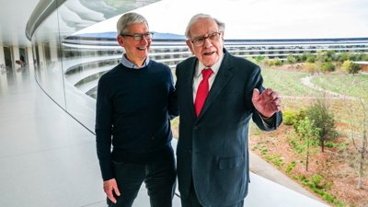
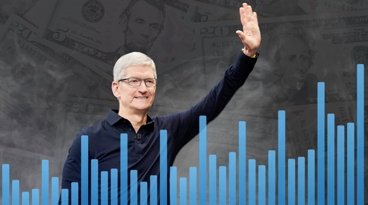





51 Comments
Good god- why is this guy still there? One disaster after the next.
You almost feel sorry that they keep letting him continue to constantly f#@k up!
Hindsight is 20/20 with investment decisions, really? Who would have ever thought that? Hopefully scholars and historians are documenting this rare occurrence so that future generations will learn from it. :) -kpluck
Hindsight is 20/20 with investment decisions, really? Who would have ever thought that? Hopefully scholars and historians are documenting this rare occurrence so that future generations will learn from it.
-kpluck
I'm sorry but AAPL had no where to go BUT up. After the introduction of the smash iMac in 1998/1999 and the rumors of OSX it was inconceivable to sell at that point. This guy is just BAD.
Good god- why is this guy still there? ...
Because nobody else wants the job?
It's AAPL, not APPL (that's petrol). Other than that, good article. I sure hope they keep Ballmer on as CEO; I don't watch TV so am missing out on comedy.